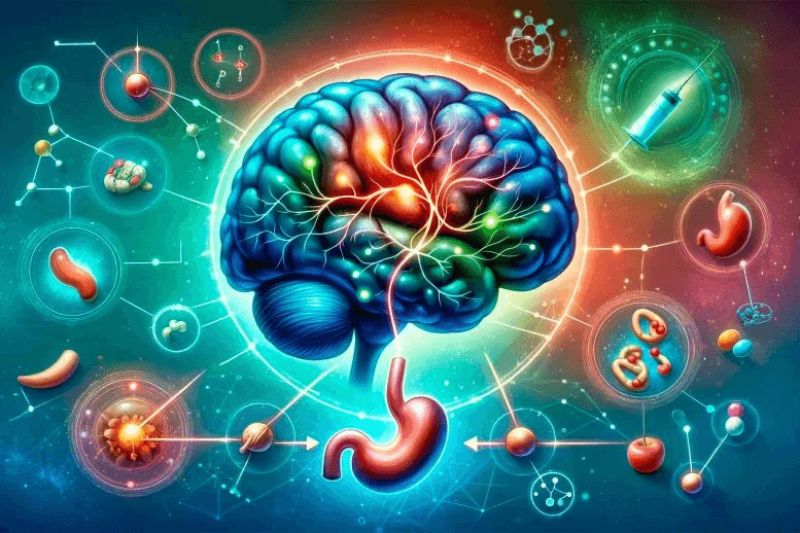When you’re starving, hunger is like a demon. It awakens in the most ancient and primitive parts of the brain and then commandeers other neural machinery to do its bidding until it gets what it wants.
What might begin as a small sensation quickly spirals. Intrusive thoughts pulled from our memory centers burst into our consciousness. Images of meatball sandwiches. The smell of bread. The imagined taste of a cork-like food pellet. The motivational and emotional areas of our brain infuse the need to eat with a nonverbal imperative that feels so powerful it eclipses all else. Our prefrontal cortex kicks into gear, considering how we might obtain food.
For the past eight years, [researchers Brad] Lowell and [Mark] Andermann have been looking for the [parabrachial nucleus, or] PBN neurons involved in hunger. It’s a painstaking hunt—the PBN contains hundreds of thousands of neurons. Lowell’s lab is tracing the hunger-satiety circuit forward out of the PBN while Andermann’s lab works backwards toward it from the insular cortex, an area associated with the conscious experience of bodily states like hunger. The goal is to meet in the middle.
If they can trace this circuit, then they will begin to examine how it is that a simple signal—a signal that we are hungry—works to recruit higher-order brain areas and focuses them on the completion of a task. They will have the opportunity to develop a model of how animals translate desire into action. Put simply, they might be able to characterize a complex action from beginning to end.































